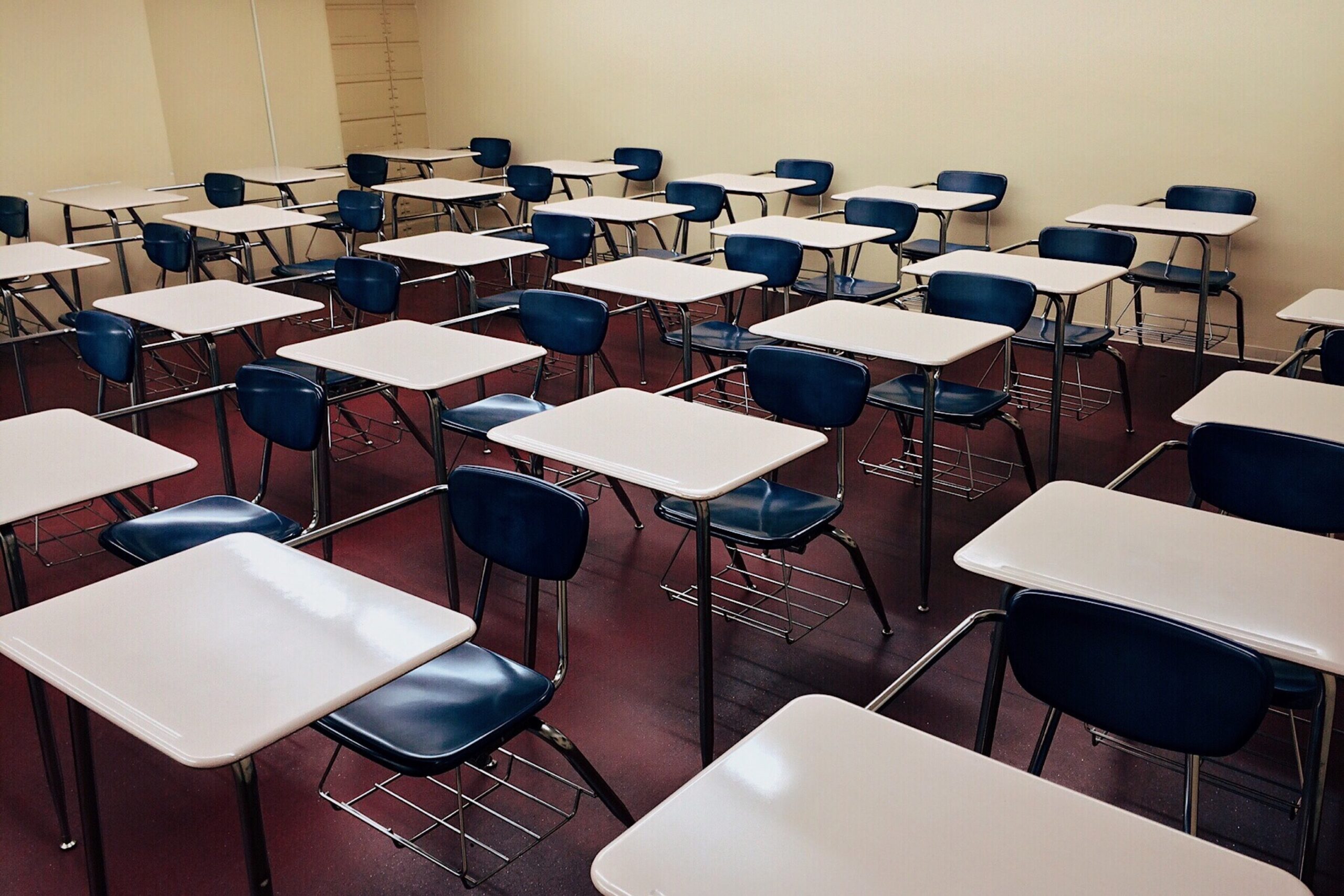Learning loss is not a new phenomenon; it refers to gaps that occur after an extended absence from school like months’-long summer vacations, typically known as the “summer slide.” However, the pandemic has exacerbated the problem due to significant school closures and a move to remote learning. The impact of the school closures is still unknown, but researchers maintain that disadvantaged students were those most affected. As I discussed previously, school districts and/or parents can ascertain what this gap is with assessments.
Some researchers prefer to use the label “unfinished learning” to address the problem. Their reasoning: “If we remain too focused on the concept of ‘lost’ learning, and of students being ‘behind,’ then we will only add to the trauma that students have already experienced due to this pandemic.” The thought is that unfinished suggests a project that’s not yet complete but can be. While this definition puts a more positive spin on the situation, it is only a semantic difference. It doesn’t change the reality that education has been significantly disrupted. How can learning that hadn’t started for millions of students be “unfinished”?
A Fordham Institute study stated that remote learning is responsible for plummeting test scores. According to the Rand Corporation: “Seventy-four percent of principals in fully remote schools estimated that their students’ average achievement in mathematics was below grade level in spring 2021, compared with 63 percent in hybrid settings and 46 percent in fully in-person settings. Lower income students have suffered the most during remote learning because they often lack the technology. During the 2020 academic year Curriculum Associates reported that only 60 percent of low-income students were involved in virtual instruction, as opposed to 90 percent of high-income students. The explanation for that difference remains unclear.
How will our education system address this learning loss? The Fordham Institute suggests that “Easy access to more remote instruction stands to do more harm than good.” Unfortunately, educators who have used remote learning this year appear to favor more of the same going forward. “These findings suggest that the pandemic has set schools on diverging pathways depending on whether they were mostly remote or in person over the course of this school year.” How will our American education system resolve this critical loss of learning? The future of our society depends on a proactive solution to this serious problem.


